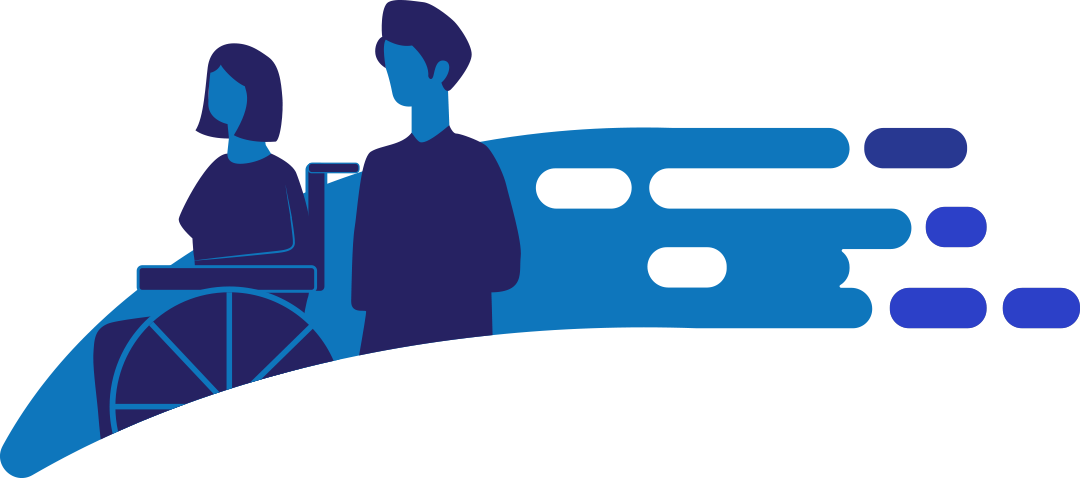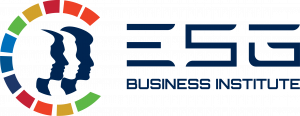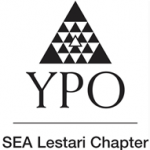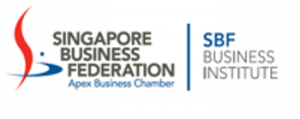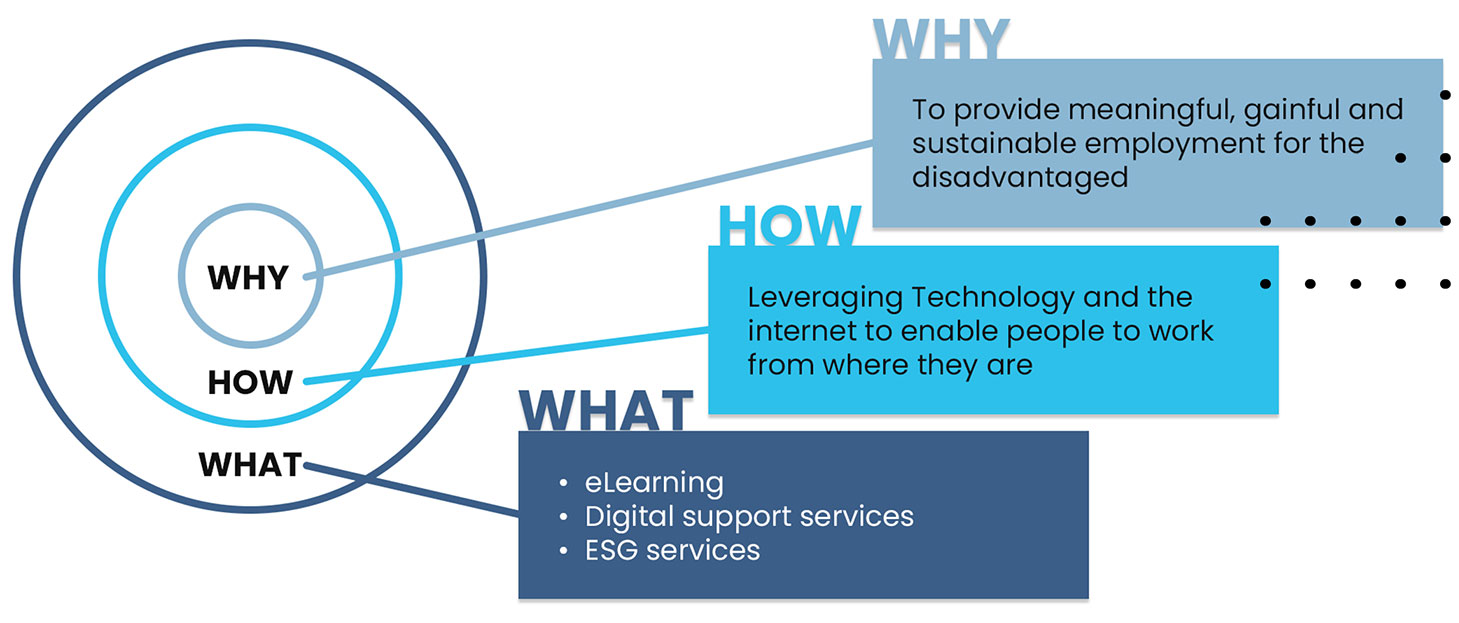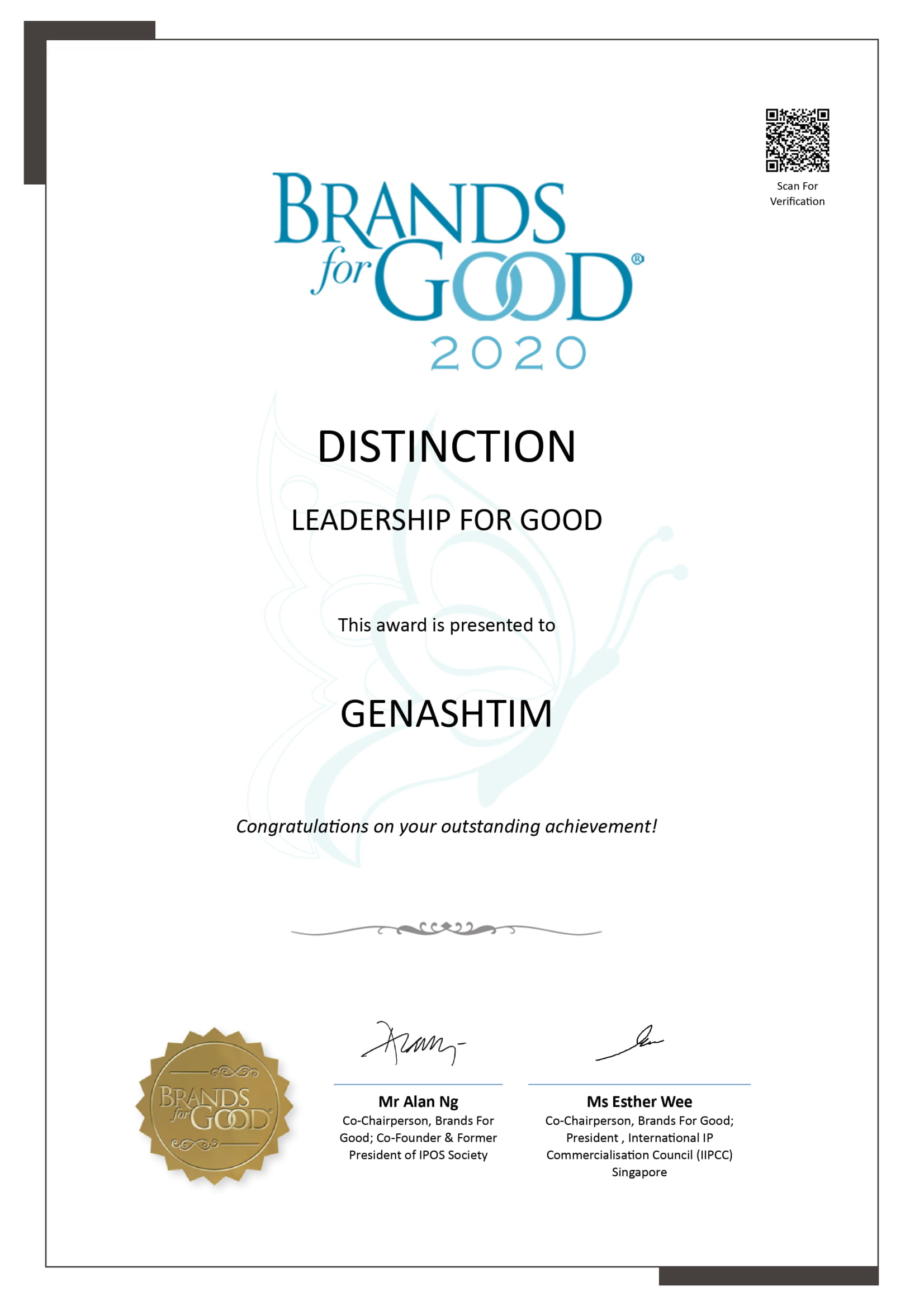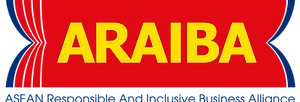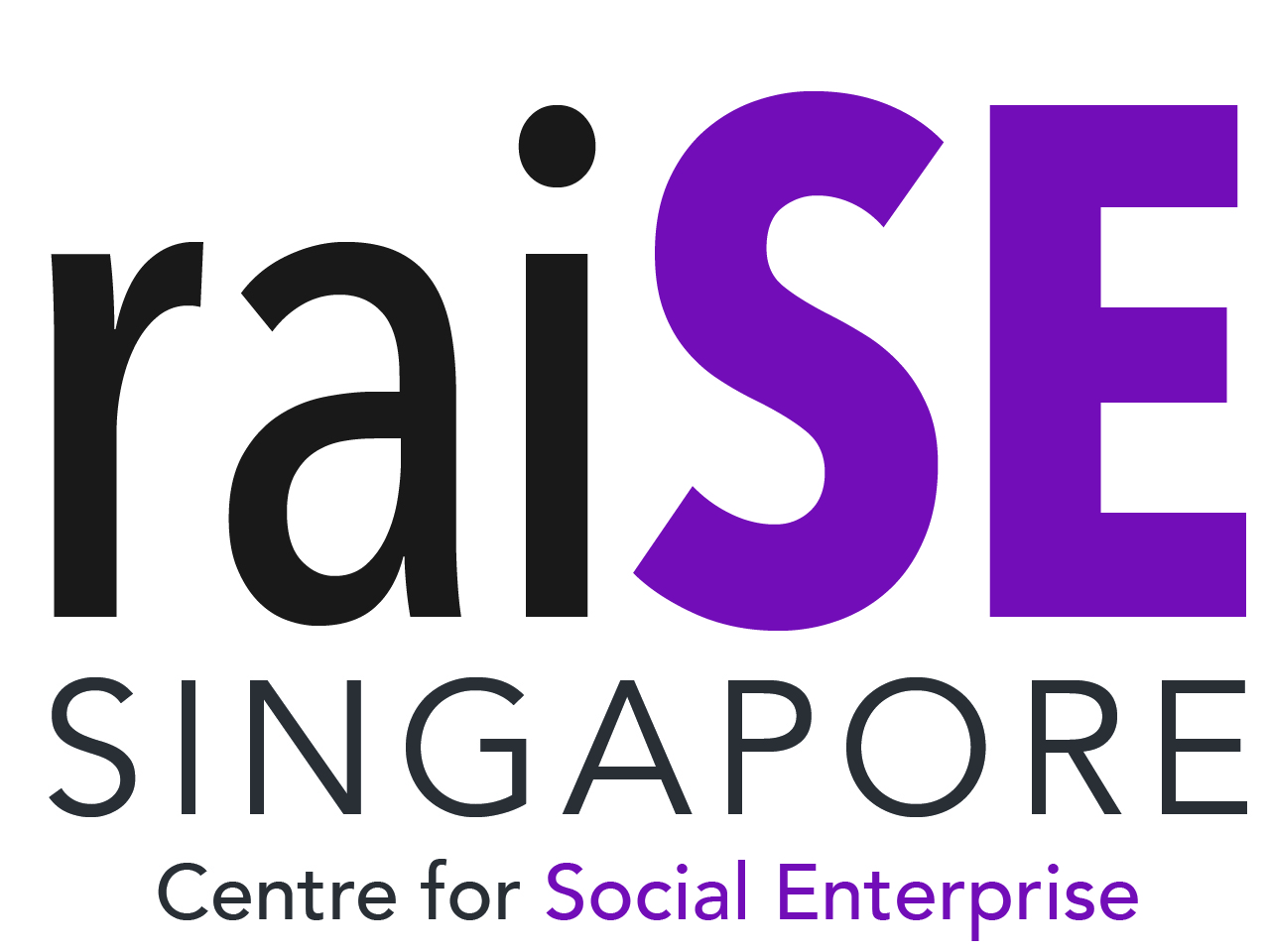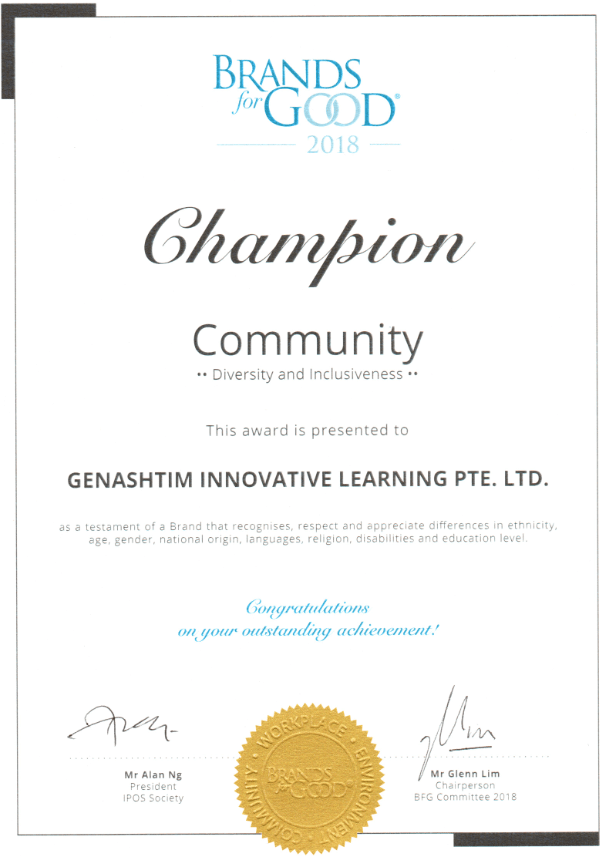Stay Smart: Master 3 Strategies to Retain Knowledge in the Digital World
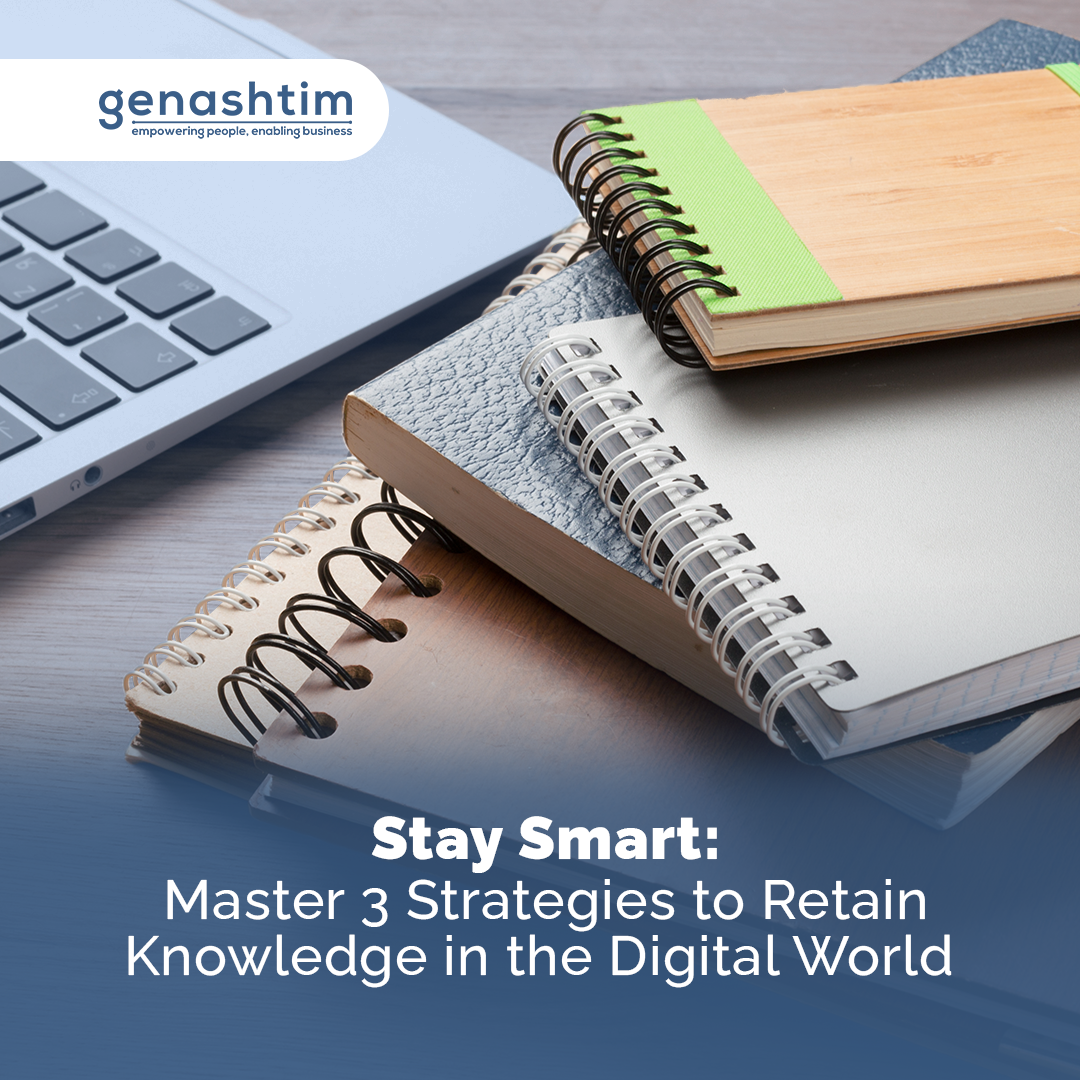
Written by: Hema Krishnan
It’s not about how many training hours you spend to learn—it’s about how much you actually remember and apply. In the digital age, information is constantly at our fingertips, making retaining what we learn from courses, books, and other resources a struggle. The overwhelming amount of data we consume often fades quickly from memory. But the good news? Our brains are adaptable. With the right strategies, we can enhance our ability to absorb and retain knowledge. Here are three effective methods to help you remember and apply what you learn.
1. Prime Your Mind Before Learning
Before diving into a book, course, or webinar, set yourself up for success by preparing your mind. This creates a mental framework for absorbing new information and improves retention.
Think of this as setting the stage for a performance. Without a script or rehearsal, an actor would struggle to deliver their best work. Similarly, jumping into learning without preparation makes retention difficult. At Genashtim, we emphasize structured learning through training plans. Revisiting your training plan before starting a new learning module helps align your goals and expectations, making the process more effective.
How to Condition Your Mind to Learn:
- Get an Overview – Skim through summaries, reviews, or short videos on the topic to familiarize yourself with key concepts.
- Review the Structure – Check the table of contents or syllabus to understand how the material is organized.
- Set Learning Goals – Define what you hope to achieve by engaging with the material. This could be mastering a new skill, understanding a concept better, or preparing for a practical application.
- Build Curiosity – Develop an interest in the subject by exploring how it connects to your personal or professional goals.
When I was in school, my history teacher always gave us a preview of the next lesson—part of our homework was to read ahead. Though we groaned at the extra work, it significantly improved our comprehension in class. The same applies to professional learning; when you have a basic understanding before engaging with the material, deep learning becomes easier.
- 2. Take Notes for Better Retention
In the digital age, note-taking is becoming a lost art, but it remains one of the most powerful learning tools. Writing things down forces you to slow down, process information, and create meaningful connections.
Think of your brain as a web of interconnected ideas. When you write notes, you create more points of connection, making recall easier. Neuroscience research shows that handwritten notes engage deeper cognitive processing than typing or simply reading. At Genashtim, where much of our training is online, integrating active note-taking habits can make a significant difference in knowledge retention.
How to Take Notes Efficiently:
- Write in Your Own Words – Summarizing information in your own language helps deepen understanding.
- Use Different Note Styles – Try transcriptions (word-for-word notes), summaries, questions, observations, and personal reflections.
- Highlight Key Concepts – Focus on the most relevant points rather than transcribing everything.
- Revisit Your Notes Regularly – Reviewing notes reinforces memory and strengthens long-term retention.
A useful approach is maintaining a commonplace book—a notebook (physical or digital) where you compile valuable ideas, quotes, and concepts from different sources. Digital note-taking apps, such as OneNote or Notion, can also help in organizing your learning materials.
Personally, I used to be overconfident that I would remember important points from courses without writing them down. Unfortunately, I often forgot key details. Writing things down immediately helped me retain much more, and reviewing those notes later reinforced my learning. The same principle applies to all employees—keeping a learning journal can be incredibly useful for long-term retention.
- 3. Summarize and Review Key Concepts
Summarizing what you’ve learned forces you to engage actively with the material and extract its core ideas. Concept mapping—visually organizing key points—can further reinforce learning.
At Genashtim, we are encouraged to constantly improve and upgrade our skills. But merely attending a course or reading an article isn’t enough—we need to summarize and review key takeaways to make sure we internalize the knowledge.
How to Summarize Effectively:
- Condense Information – Identify and highlight the most critical points.
- Create Concept Maps – Use diagrams to connect ideas and see relationships between different concepts. If you’re learning about leadership, for example, create a mind map with “Leadership” at the center and branches for key topics like communication, emotional intelligence, and decision-making. This technique helps organize information meaningfully and makes recall easier.
- Self-Test Your Understanding – Explain concepts in your own words or quiz yourself to avoid the “fluency illusion” (the false sense of mastery from merely recognizing information). Instead of passively rereading notes, challenge yourself to recall information and apply it in different contexts. This helps cement knowledge in your long-term memory
- Engage in Discussions – Talking about what you’ve learned with colleagues reinforces understanding and provides different perspectives.
Summarization isn’t just about reducing content—it’s about processing and making it meaningful to you. Consider writing a short paragraph after completing a course or reading a book. What were the key takeaways? How will this knowledge help in your job? Answering these questions makes learning more effective.
Final Thoughts
Retaining knowledge in the digital age requires intentional effort. At Genashtim, learning is an ongoing journey, and by priming your mind, taking effective notes, and summarizing key concepts, you can train your brain to absorb and recall information more efficiently.
Think of learning as building a house—without a solid foundation (priming), structured walls (note-taking), and a finished roof (summarization and review), the structure won’t hold. These three strategies work together to enhance your ability to retain and apply what you learn.
Take charge of your learning. Apply these techniques and make the most of the incredible training resources available to you! In the next blog, we’ll explore three more techniques for effective learning—you can choose which ones work best for you!

